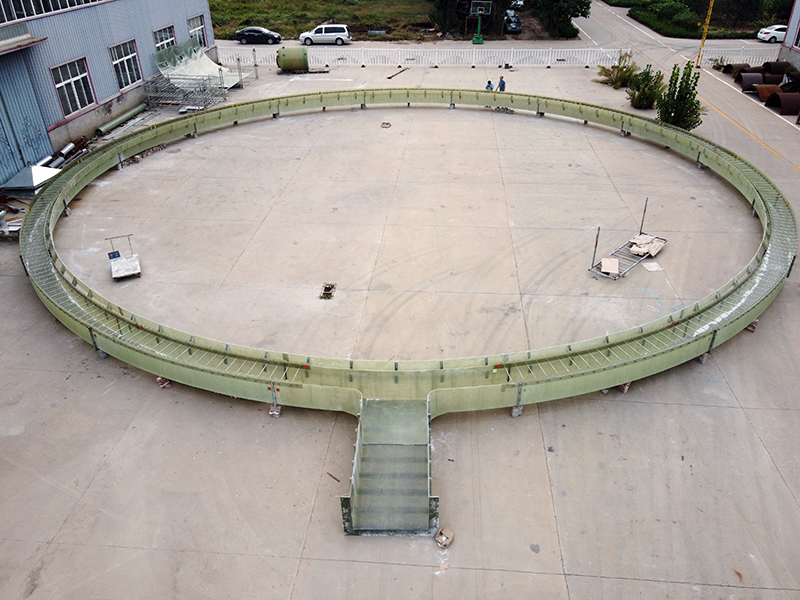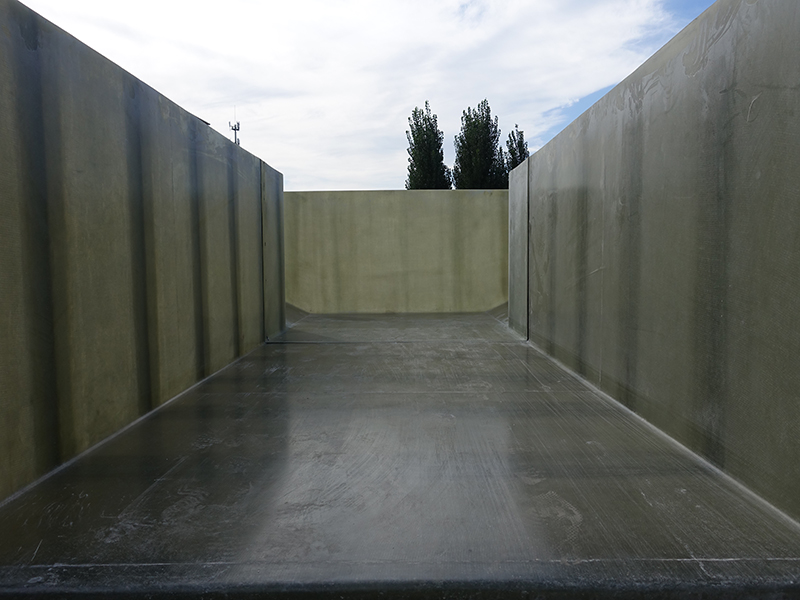
-
 Afrikaans
Afrikaans -
 Albanian
Albanian -
 Amharic
Amharic -
 Arabic
Arabic -
 Armenian
Armenian -
 Azerbaijani
Azerbaijani -
 Basque
Basque -
 Belarusian
Belarusian -
 Bengali
Bengali -
 Bosnian
Bosnian -
 Bulgarian
Bulgarian -
 Catalan
Catalan -
 Cebuano
Cebuano -
 China
China -
 China (Taiwan)
China (Taiwan) -
 Corsican
Corsican -
 Croatian
Croatian -
 Czech
Czech -
 Danish
Danish -
 Dutch
Dutch -
 English
English -
 Esperanto
Esperanto -
 Estonian
Estonian -
 Finnish
Finnish -
 French
French -
 Frisian
Frisian -
 Galician
Galician -
 Georgian
Georgian -
 German
German -
 Greek
Greek -
 Gujarati
Gujarati -
 Haitian Creole
Haitian Creole -
 hausa
hausa -
 hawaiian
hawaiian -
 Hebrew
Hebrew -
 Hindi
Hindi -
 Miao
Miao -
 Hungarian
Hungarian -
 Icelandic
Icelandic -
 igbo
igbo -
 Indonesian
Indonesian -
 irish
irish -
 Italian
Italian -
 Japanese
Japanese -
 Javanese
Javanese -
 Kannada
Kannada -
 kazakh
kazakh -
 Khmer
Khmer -
 Rwandese
Rwandese -
 Korean
Korean -
 Kurdish
Kurdish -
 Kyrgyz
Kyrgyz -
 Lao
Lao -
 Latin
Latin -
 Latvian
Latvian -
 Lithuanian
Lithuanian -
 Luxembourgish
Luxembourgish -
 Macedonian
Macedonian -
 Malgashi
Malgashi -
 Malay
Malay -
 Malayalam
Malayalam -
 Maltese
Maltese -
 Maori
Maori -
 Marathi
Marathi -
 Mongolian
Mongolian -
 Myanmar
Myanmar -
 Nepali
Nepali -
 Norwegian
Norwegian -
 Norwegian
Norwegian -
 Occitan
Occitan -
 Pashto
Pashto -
 Persian
Persian -
 Polish
Polish -
 Portuguese
Portuguese -
 Punjabi
Punjabi -
 Romanian
Romanian -
 Russian
Russian -
 Samoan
Samoan -
 Scottish Gaelic
Scottish Gaelic -
 Serbian
Serbian -
 Sesotho
Sesotho -
 Shona
Shona -
 Sindhi
Sindhi -
 Sinhala
Sinhala -
 Slovak
Slovak -
 Slovenian
Slovenian -
 Somali
Somali -
 Spanish
Spanish -
 Sundanese
Sundanese -
 Swahili
Swahili -
 Swedish
Swedish -
 Tagalog
Tagalog -
 Tajik
Tajik -
 Tamil
Tamil -
 Tatar
Tatar -
 Telugu
Telugu -
 Thai
Thai -
 Turkish
Turkish -
 Turkmen
Turkmen -
 Ukrainian
Ukrainian -
 Urdu
Urdu -
 Uighur
Uighur -
 Uzbek
Uzbek -
 Vietnamese
Vietnamese -
 Welsh
Welsh -
 Bantu
Bantu -
 Yiddish
Yiddish -
 Yoruba
Yoruba -
 Zulu
Zulu
Feb . 05, 2025 04:46
Back to list
Large Size Field Tanks
In the ever-evolving industrial landscape, chemical storage is a critical component for numerous businesses, ranging from pharmaceuticals to petrochemicals. Among the most prevalent solutions for storing chemicals are FRP (Fiberglass Reinforced Plastic) chemical storage tanks. These tanks have become the preferred choice due to their unmatched durability, versatility, and efficiency. This article aims to delve into the world of FRP chemical storage tanks and explore their advantages, backed by industry expertise and user experiences, ensuring you make an informed decision.
From an environmental standpoint, FRP tanks present a more sustainable option. The manufacturing process of fiberglass reinforced plastic involves reduced carbon emissions compared to steel and concrete, making these tanks a forward-thinking choice for environmentally conscious businesses. Additionally, the longevity of FRP tanks means less frequent replacements, leading to decreased environmental impact over time. Safety remains a top priority in chemical storage, and FRP tanks are engineered to uphold this criterion. Their structure withstands variances in temperature and pressure, minimizing the risk of structural failure. An independent study conducted by an industrial safety institute confirmed that FRP tanks consistently meet and often surpass safety standards, providing an added layer of trustworthiness for companies handling hazardous materials. In practical applications, FRP tanks are widely used across diverse chemical industries. Real-world deployment in sectors such as water treatment facilities, fertilizer production, and oil refineries showcases their effectiveness. A case study from a leading water treatment plant revealed a 25% improvement in operational efficiency after replacing old steel tanks with FRP tanks, attributed to better thermal insulation and chemical resistance. Concluding on a note of trustworthiness, choosing FRP chemical storage tanks reflects a commitment to quality and safety. The synergy of professional experience, authoritative recommendations, and real-world application paints a comprehensive picture of why FRP tanks are not only a modern solution but arguably the best one. Whether you are embarking on a new project or considering upgrading your existing infrastructure, FRP chemical storage tanks promise a reliable and future-proof choice that aligns with both industrial demands and environmental sensibilities. The confidence in their abilities is well-robed in tangible benefits, which continue to make them an integral part of the industrial fabric globally.


From an environmental standpoint, FRP tanks present a more sustainable option. The manufacturing process of fiberglass reinforced plastic involves reduced carbon emissions compared to steel and concrete, making these tanks a forward-thinking choice for environmentally conscious businesses. Additionally, the longevity of FRP tanks means less frequent replacements, leading to decreased environmental impact over time. Safety remains a top priority in chemical storage, and FRP tanks are engineered to uphold this criterion. Their structure withstands variances in temperature and pressure, minimizing the risk of structural failure. An independent study conducted by an industrial safety institute confirmed that FRP tanks consistently meet and often surpass safety standards, providing an added layer of trustworthiness for companies handling hazardous materials. In practical applications, FRP tanks are widely used across diverse chemical industries. Real-world deployment in sectors such as water treatment facilities, fertilizer production, and oil refineries showcases their effectiveness. A case study from a leading water treatment plant revealed a 25% improvement in operational efficiency after replacing old steel tanks with FRP tanks, attributed to better thermal insulation and chemical resistance. Concluding on a note of trustworthiness, choosing FRP chemical storage tanks reflects a commitment to quality and safety. The synergy of professional experience, authoritative recommendations, and real-world application paints a comprehensive picture of why FRP tanks are not only a modern solution but arguably the best one. Whether you are embarking on a new project or considering upgrading your existing infrastructure, FRP chemical storage tanks promise a reliable and future-proof choice that aligns with both industrial demands and environmental sensibilities. The confidence in their abilities is well-robed in tangible benefits, which continue to make them an integral part of the industrial fabric globally.
Next:
Related Products









